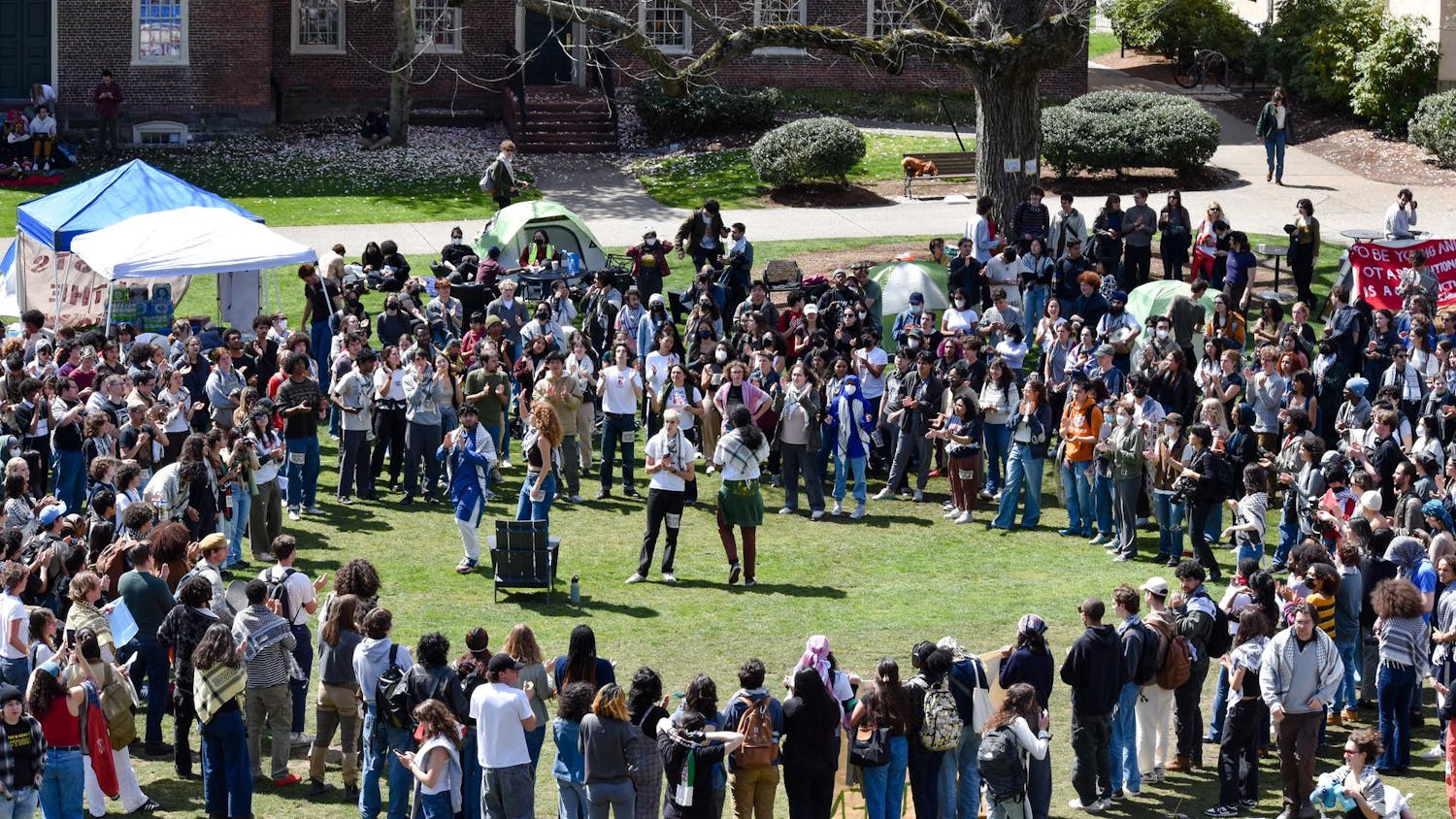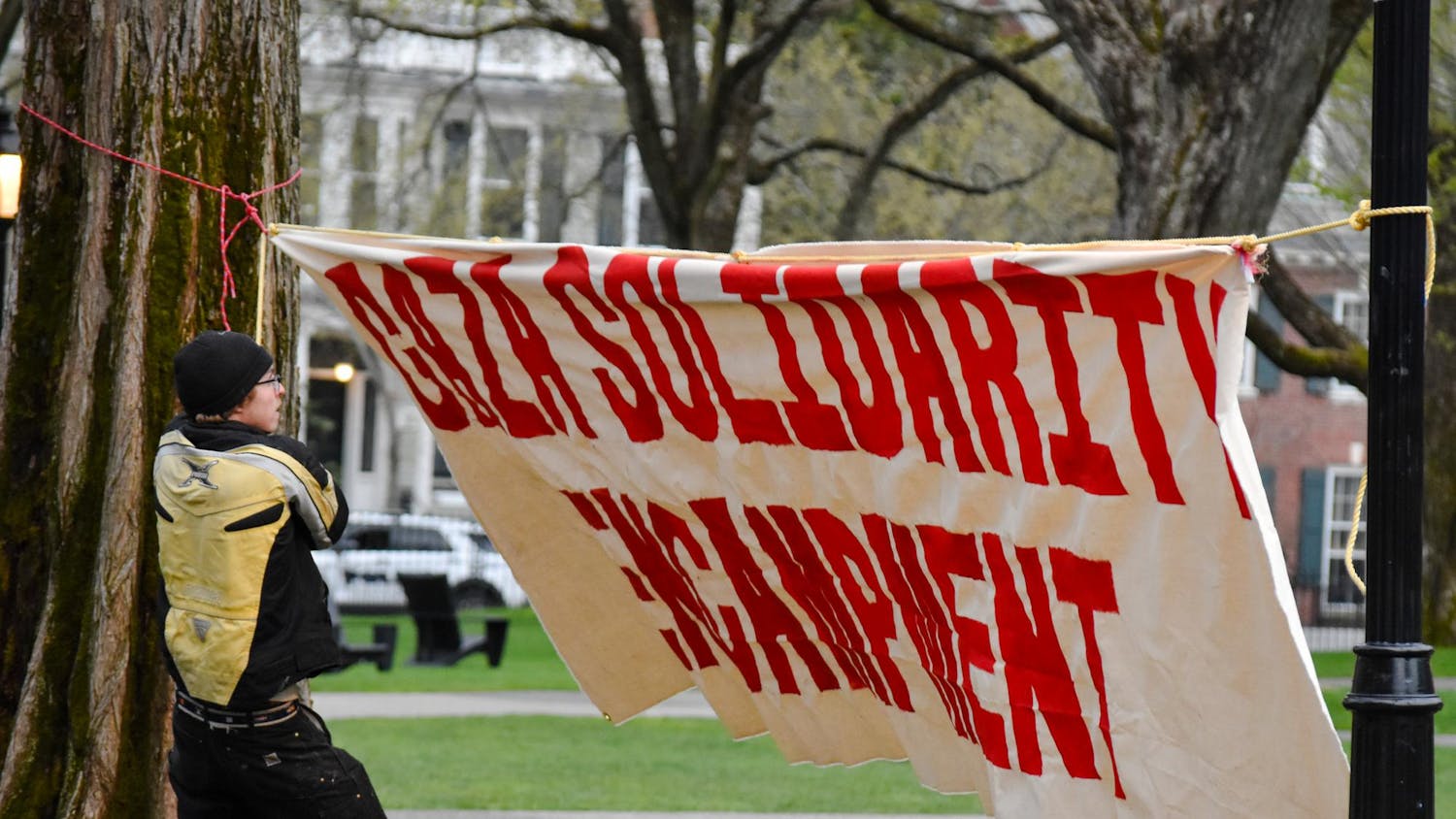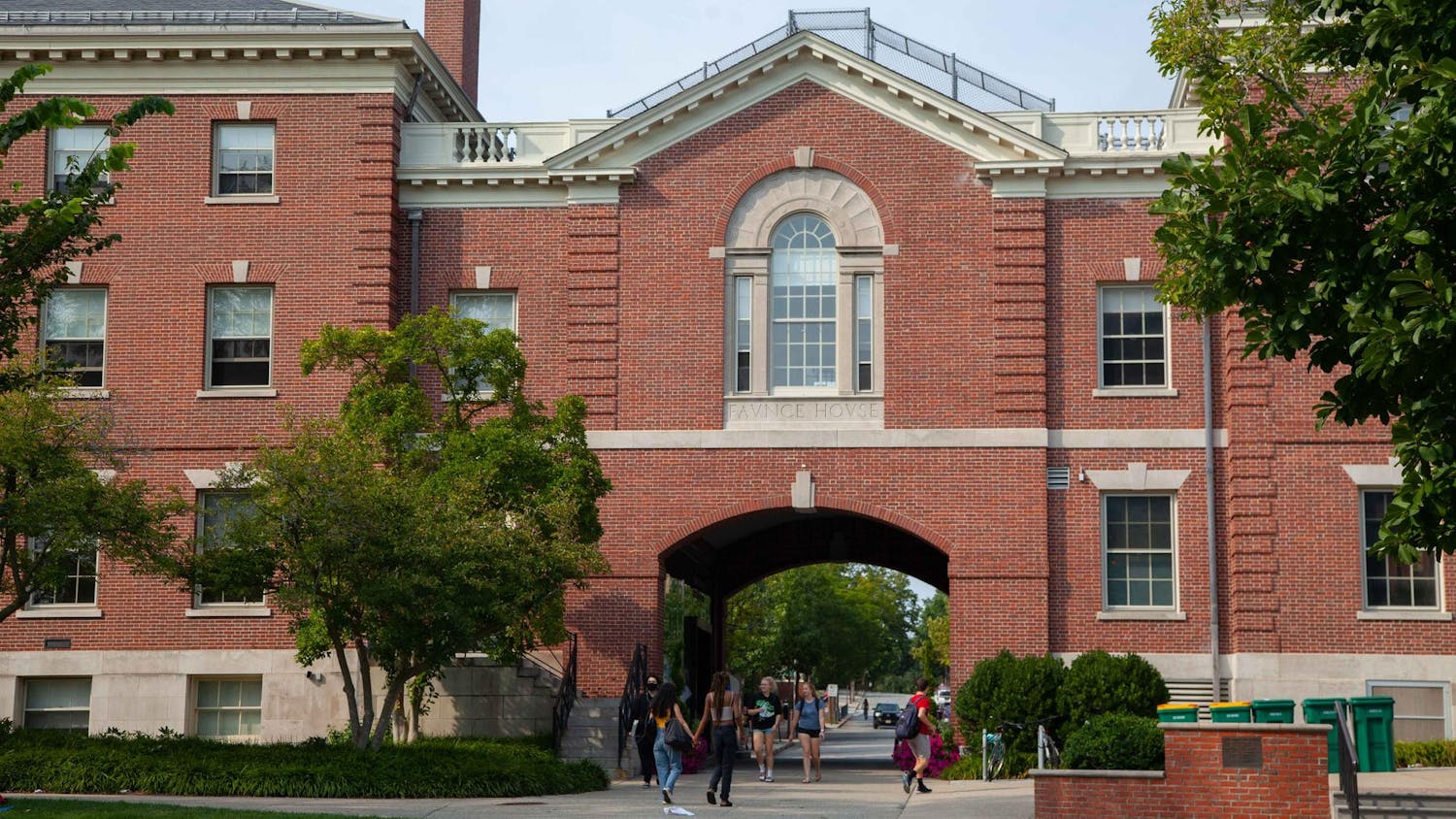Ross Cheit, professor of public policy and political science, will discuss the 15-year process of compiling his new book, “The Witch-Hunt Narrative: Politics, Psychology and the Sexual Abuse of Children” in a talk Thursday at the Taubman Center for Public Policy and American Institutions. Cheit sat down with The Herald to discuss the release of his book, the methods and challenges of trial court research and how the collective efforts of Brown undergraduates helped him compile his publication.
The Herald: What will you be covering during your talk on Thursday?
Cheit: It’s really not about the book, it’s about researching and writing the book. And I know this may seem overdone, but this book did take 15 or 16 years to write. I’m doing two events in the spring, and the event on Thursday is about the process and on April 1 there’s going to be a book launch. This really is like my love letter to a generation of Brown students who did extraordinary things on this book. And I do think it’s an amazing story, and the best possible place to tell it is at Brown.
The title of the talk is “The Amazing True Story of How 81 Brown Undergraduates Helped Give ‘Extreme Research’ Its Name.” What exactly do you mean by extreme research?
What my book involves is original court trial research. So we are trying to go to trial courts and get documents, often transcripts, but a whole range of documents connected to criminal trials that were in the 1980s and early 1990s. And the cases are all highly contested child sexual abuse cases. So it turns out that because these are not in the computer era, and because they are child sexual abuse cases, in many cases protective orders and statutory protections on identity make these cases sealed. The cases were also enormous. It turns out the ability to just go find and copy the record in these cases takes enormous effort. In some instances, it’s almost heroic, what it takes to put together, this many years later, all the materials. And so at some point, we started calling it extreme research, when a student would work for six months to get a document that becomes one footnote in the book.
Where did you get the students to help you with your research?
The students were spread out over all the years that I worked on the book. There’s a point at which I realized I can use the Brown electronic directory to identify people by their hometown. There really are some courts that literally do not respond to inquiries like the kind that I want to make in writing or over the telephone. You have to walk into the court and then ask the court clerk. And so one of the things that I did over and over again (is) identify all the students from Brown from (a specific town). And I’d write them. And this is Brown, like uniformly they would all say yes. I’ve never had trouble finding someone when I was trying to cover a certain location. I could always just find people from that location. Because Brown is so national, this always worked for me.
The research ultimately covered dozens of cases all around the country. And I couldn’t have done it if I didn’t have a national school filled with the kinds of students who would go, “Oh, I’d love to do that while I’m home over break!”
What do you mean by “Witch-Hunt” in the title of your book?
The witch-hunt narrative is a really popular story that goes like this: Lots of people were falsely convicted of child sexual abuse in the 1980s and early 1990s. And they were all victims of a witch-hunt. It just doesn’t happen to line up with the facts when you actually look at the cases themselves in detail. But it’s a really popular narrative — I think it’s absolutely fair to say that’s the conventional wisdom. It’s what most people now think is the uncontested truth, and those cases had no basis in fact. And what 15 years of painstaking trial court research (says) is that that’s not a very fair description of those cases, and in fact many of those cases had substantial evidence of abuse. The witch-hunt narrative is that these were all gross injustices to the defendant. In fact, what it looks like in retrospect is the injustices were much more often to children.
What applications to real-life law do you think research like this has?
The students that worked with me got a research experience better than many students get in law school. I know what paralegals do at lots of law firms. At the high end, they do some thinking and a lot of filing. At the low end they mostly just do filing. A lot of students that worked on my book did more meaningful work than paralegals do at a lot of law firms. They really use their brains. The part I’ve emphasized so far is much more the difficulty of finding doucuments, but there were students that spent a year reading a transcript and analyzing it with the sort of fine-grained detail that you would in a comp lit paper.
We’ve acquired and analyzed hundreds of thousands of pages of documents. Without lots of people to help me get them and adjust them, I couldn’t have done a fraction of this on my own. So the amazing thing is that I used undergraduate (research assistants) in a really serious way, in a way that maybe would much more likely happen at a graduate level. And to me that is just a tribute to what Brown is.
Anything else you’d like to add?
You look at what (participant students are) doing now in life and it is related to what they worked on (for) this book. So I think the process of working on it for some students was really important in who they became. You can’t do better than that as a professor. It’s really rewarding and wonderful.
This interview has been condensed for clarity and length.
ADVERTISEMENT




